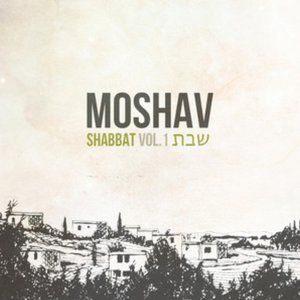
A moshav (Hebrew: מוֹשָׁב, plural מוֹשָׁבִים moshavim, lit. "settlement, village") is a type of Israeli town or settlement, in particular a type of cooperative agricultural community of individual farms pioneered by the Labour Zionists between 1904 and 1914, during what is known as the second wave of aliyah.[1] A resident or a member of a moshav can be called a "moshavnik" (מוֹשַׁבְנִיק).
The moshavim are similar to kibbutzim with an emphasis on community labour.[2] They were designed as part of the Zionist state-building programme following the green revolution Yishuv ("settlement") in the British Mandate of Palestine during the early 20th century, but in contrast to the collective farming kibbutzim, farms in a moshav tended to be individually owned but of fixed and equal size. Workers produced crops and other goods on their properties through individual or pooled labour with the profit and foodstuffs going to provide for themselves. Moshavim are governed by an elected council (Hebrew: ועד, va'ad, lit. committee). Community projects and facilities were financed by a special tax (Hebrew: מס ועד, mas va'ad, lit. committee tax). This tax was equal for all households of the community.
Read more on Wikipedia
